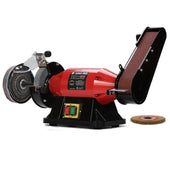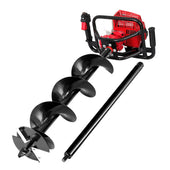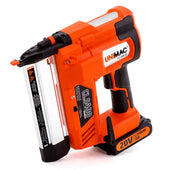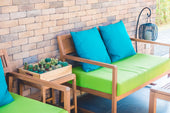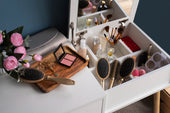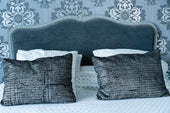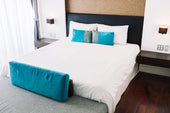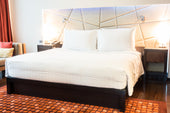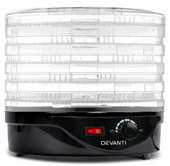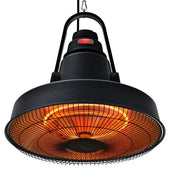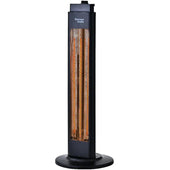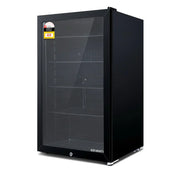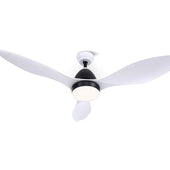Understanding the Functionality of Your Dresser
A dresser is more than just a storage unit; it serves both practical and aesthetic purposes in a room. To make the most of it, one should first consider its functional aspects.
- Storage Needs: Evaluate the type of items stored—clothing, accessories, or miscellaneous household items—to determine organisation strategies.
- Placement: Position impacts usage; situate it for both accessibility and visual balance within the room.
- Surface Use: Treat the bedroom dressers top as an opportunity for styling while accommodating essential items such as mirrors or lighting.
Understanding its purpose aids in creating a cohesive and efficient space that complements overall design.
Choosing the Right Style to Complement Your Room Decor
Selecting a timber dressers style that aligns with the room’s decor ensures a cohesive and visually appealing look. It is essential to assess the room’s overall design theme—traditional, modern, minimalist, or eclectic—as a starting point.
- For traditional spaces, ornate details, rich wood tones, and classic shapes work well to enhance warmth and charm.
- In modern interiors, dressers with clean lines, sleek finishes, or metallic accents fit seamlessly.
- Minimalist decor benefits from simple, understated designs with neutral shades.
- Eclectic styles allow for mixing patterns, colours, or vintage pieces to create an artistic statement.
Coordinating the dresser with existing elements like rugs, wall art, or curtains ensures harmony while making the piece feel integral to the room’s aesthetic.
Setting the Colour Palette for Your Dresser
The colour palette of a dresser can set the tone for the entire room. Consider the existing colours within the space, including wall tones, furniture, and textiles. A cohesive palette ensures an elegant and balanced aesthetic.
- Choose a Base Colour: Start with a neutral base, such as white, beige, or grey, to maintain versatility. These tones complement a variety of decor styles.
- Add Accent Colours: Integrate one or two accent colours through decor pieces like vases, lamps, or photo frames.
- Balance Warm and Cool Tones: Combine warm hues, like terracotta, with cooler tones, like navy or sage green, for dimension.
Prioritise harmony between dresser decor and the broader room design for consistent visuals.
Incorporating Height and Dimension in Your Design
Creating balance on a dresser requires careful attention to height and dimension. At During Days, we suggest mixing items of varying heights to draw the eye upward and create visual interest. A tall lamp or a stack of books with a decorative object on top can provide vertical balance. Place shorter objects, such as trays or framed photos, in front for a layered effect.
Use odd-numbered groupings, as they tend to feel more natural. For example:
- One tall vase or candlestick,
- A medium-sized sculpture or picture frame,
- Several smaller items to fill gaps.
This tiered arrangement ensures depth and eliminates a flat appearance, achieving a cohesive design.
Decorating with Personal Items and Sentimental Touches
Incorporating personal items into a dresser’s design adds warmth and individuality to the space. Display family photos in elegant frames or include souvenirs from meaningful trips to create a connection with cherished memories. A cherished heirloom, such as a vintage jewellery box or a piece passed from loved ones, can serve as both decor and a sentimental artefact.
Layer personal touches with complementary decor like books, candles, or small potted plants to maintain balance while highlighting these meaningful pieces. Mixing sentimental items with functional elements ensures practicality without compromising the emotional value. These choices elevate the dresser’s style with thoughtful, customised expression.
Balancing Practicality and Aesthetics: Storage Meets Style
A well-styled dresser blends organisation with visual appeal, transforming it into both a functional storage solution and a design statement. Selecting the right accessories enhances its utility while elevating the room’s aesthetic.
- Prioritise Organisation: Use trays or small baskets to categorise daily essentials like jewellery, keys, or cosmetics, ensuring items are both accessible and tidy.
- Incorporate Stylish Storage: Decorative boxes or fabric bins conceal less-attractive items while adding texture and colour to the display.
- Play with Scale and Composition: Combine practical organisers with statement décor—think layered books, candles, or plants—balancing visual weight and maintaining harmony between function and design.
Integrating Lighting Options for a Sophisticated Look
Lighting can elevate the appeal of a dresser, transforming it from a functional piece into a design statement. Incorporating multiple sources of light is a considered choice when aiming for elegance. A table lamp with a sculptural base or a textured shade adds dimension while providing soft illumination. Placement is key; situating the lamp at one end of the dresser creates a balanced focal point.
Adding a string of ambient lights or a small LED strip along the back edge enhances the atmosphere. Mirrors or metallic decor items can amplify light, reflecting it beautifully across the surface. Experiment with warm tones for a cosy yet refined effect.
Making Use of Mirrors and Wall Art Above the Dresser
Enhancing the space above the dresser with mirrors or wall art creates visual appeal while maintaining functionality. Mirrors serve dual purposes: they reflect natural light to brighten the room and provide practicality for grooming. Circular, rectangular or decorative mirrors can complement the dresser’s style.
Wall art introduces character and personal flair. Options include framed prints, canvases, or gallery arrangements, tailored to suit the room’s theme. Balance scale and proportion by ensuring the artwork’s size aligns with the dresser’s dimensions. Combining mirrors and art adds depth, making the area visually engaging while blending decorative and practical elements seamlessly.
Adding Greenery and Natural Elements for Freshness
Incorporating greenery and natural elements into a dresser’s décor instantly adds a touch of freshness and life. Houseplants, such as succulents or trailing pothos, are easy-to-maintain options that bring texture and an organic feel. Combining pots of varying heights creates visual interest.
Dried flowers or pampas grass in a sleek vase can offer lasting charm. For a more dynamic display, mix small natural elements, like pinecones, shells, or decorative stones, into bowls or trays.
Using natural wood or rattan trays to organise items complements the greenery for a cohesive look. Mirrors or frames with wooden accents further enhance the natural theme.
Mastering the Art of Minimalism vs Maximalism
Styling a dresser requires a balance between functionality and aesthetic choices. Minimalism focuses on simplicity, emphasising clean lines and uncluttered surfaces. A minimalist dresser might showcase a single statement piece, such as a vase or framed artwork, paired with practical elements like a tray to organise small essentials. Neutral tones and subtle textures dominate this style.
In contrast, maximalism embraces bold and layered designs. This approach may feature vibrant colour schemes, a mix of patterns, and an eclectic array of objects, such as books, candles, and collectibles. Both styles depend on intentionality—choosing pieces that resonate while ensuring the dresser remains cohesive and stylish.






















































